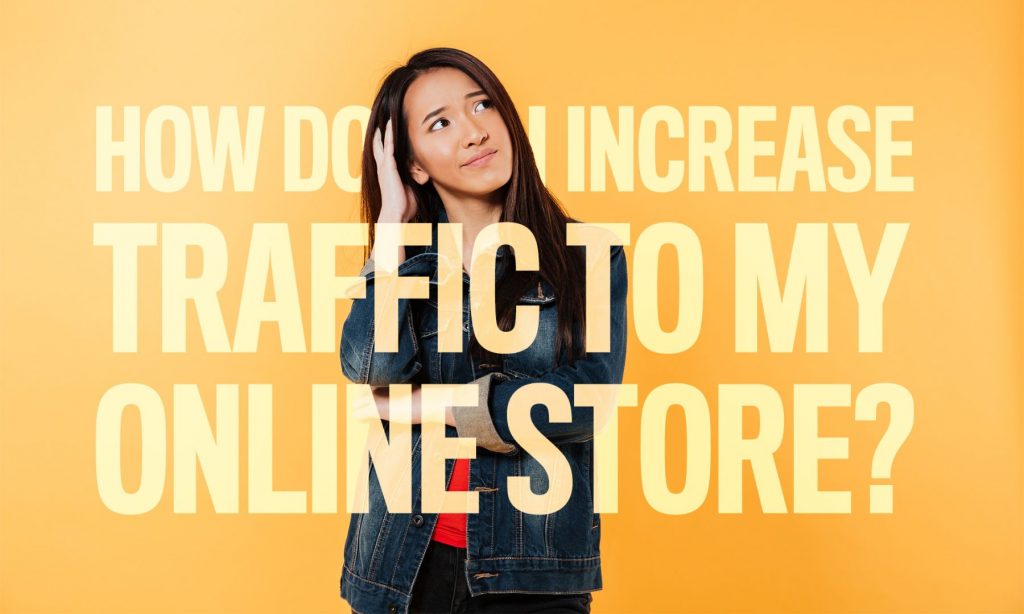Reaching and engaging with customers means more than being present on a single platform. Though multichannel and omnichannel marketing strategies differ slightly in execution and focus, they let you better connect with your customers and improve their experience.
In this article, we’ll cover what multichannel and omnichannel strategies mean, their benefits, and practical advice on getting started, to help you decide which approach is best for your business.
Understanding Multichannel Marketing
At its simplest, multichannel marketing can be described as a single strategy implemented across multiple channels or platforms (e.g. print, social, email, mobile app, events etc), to ultimately maximise opportunities to interact with prospects and customers.
Key Focus
- Channels work in silos with separate strategies and messages
- Customers need to navigate between channels for information
- Focuses on broadening brand visibility across different platforms.
What are the benefits?
It’s no secret that everyone’s glued to their favourite apps and websites. Multichannel marketing lets you be there for them, no matter where they spend their time online. The more people that see your message, the more likely they are to remember you.
And, you can adjust your message depending on the platform. Short, eye-catching posts work well on social media, and email newsletters give you more space for detailed product information. Making use of a targeted approach like this lets you connect with your audience in a way that feels more personal and relevant to them.
Let’s think about it, which brand would you trust more? One sends generic emails, lacks consistent messaging, and promotes irrelevant products. The other respects your preferences, communicates consistently, suggests products you’ll love, and offers personalised discounts. It’s a no-brainer, right?
Customers who have positive, personalised experiences across all channels are more likely to become loyal. Multichannel marketing not only ensures consistent personalised interactions but also helps businesses gather valuable insights into customer behaviour and preferences.

How to get started?
- Identify key channels: Focus on the channels your target audience uses most. Popular options include social media, email marketing, and your mobile app (if you have one).
- Create content people want to see: Develop engaging content tailored to each channel’s strengths.
- Personalise: Leverage any available data to personalise your messages within each channel. This could involve targeted ads on social media or product recommendations based on browsing history in emails.
- Optimise for conversions: Ensure each channel has clear call to actions, guiding customers towards your desired outcome, like visiting your website or making a purchase.
- Track & analyse performance: Monitor key metrics like website traffic, engagement rates, and sales generated from each channel. Use this data to identify what’s working and adjust your strategy accordingly.
Understanding Omnichannel Marketing
Omnichannel marketing focuses on a cross-channel strategy, primarily used to improve customer experience and drive better relationships across all channels and touchpoints.
Key Focus
- Channels are interconnected and work together cohesively.
- Ensures a unified brand message and experience.
- Provides customers with a seamless journey across online and offline channels.
What are the benefits?
The omnichannel approach allows businesses to deliver personalised messaging based on customer demographics. Through interconnected channels like social media, email, physical stores, and mobile apps, you can create targeted campaigns that resonate deeper with specific customer segments.
For example, a retail brand can utilise browsing history from its website to send personalised product recommendations via email. And, at the same time, it can offer exclusive discounts through its mobile app, driving higher engagement and customer satisfaction.
By integrating all communication channels, businesses create a smooth and seamless customer journey ultimately driving higher conversion rates and sales.
Two more examples of omnichannel marketing include:
- An app user sees retargeting ads for items left in their cart.
- A website visitor gets an email reminding them about a product left in their online cart.
How to get started?
- Know your audience: Research your target market. Who are they? What channels do they use? Understanding their preferences helps tailor your approach.
- Pick the right channels: Choose channels where your audience spends time. Social media, email, and your website are all great options.
- Connect your data: Use tools to unify customer data across channels. This allows for a more personalised experience.
- Craft consistent messaging: Maintain a consistent brand voice while personalising content for each channel.
- Prioritise data security: Protect customer information and comply with data privacy regulations.
- Track & optimise: Monitor results, like sales and engagement, and adapt your strategy for continuous improvement.
Choosing the Right Approach
The right marketing approach for your business depends on your resources, budget, and marketing goals.
Multichannel marketing is a good starting point for businesses with limited resources, allowing you to experiment with different channels and find out what resonates with your audience the best.
Omnichannel marketing requires more effort and resources, but is ideal for businesses looking to create a stand-out customer experience and maximise conversions.





















